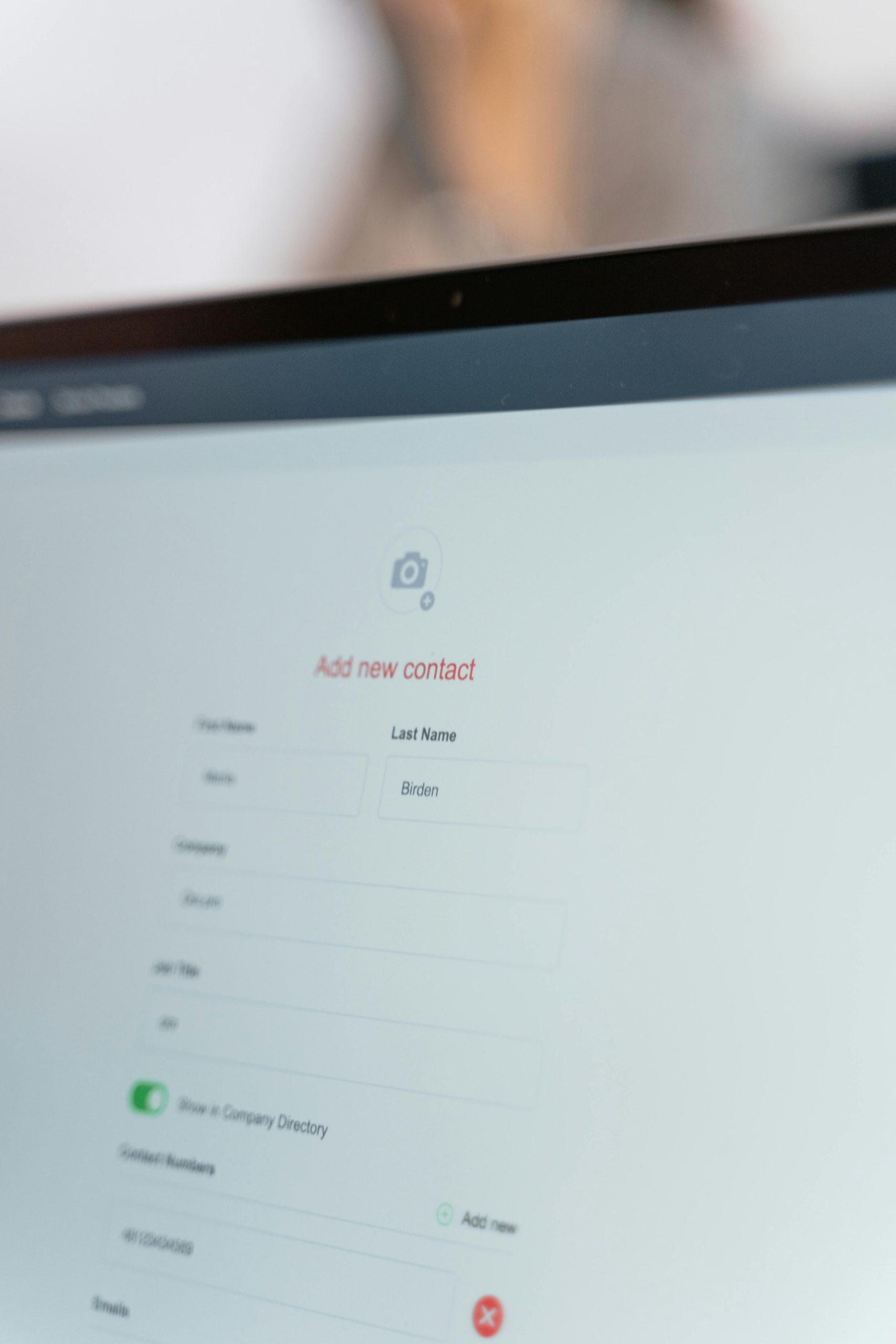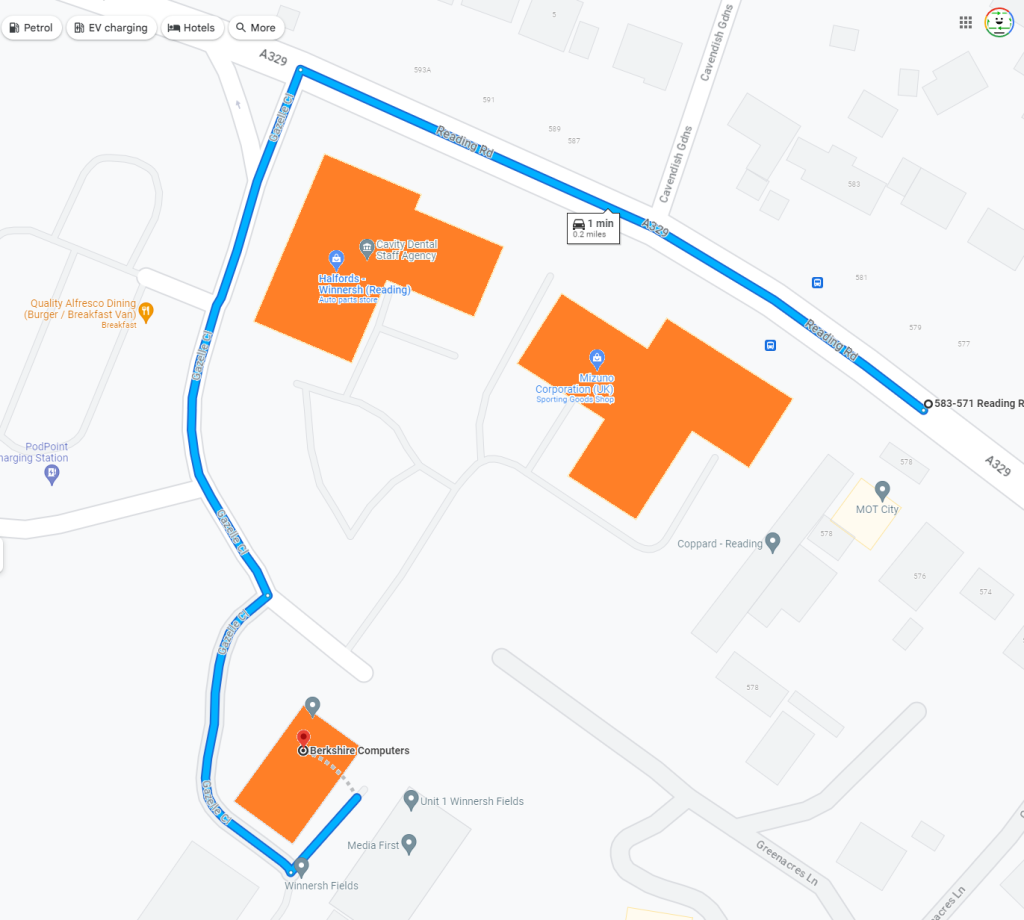Troubleshooting Your Laptop: Resolving the “No Bootable Devices” Issue After HDD Installation
Recently, I tackled a common challenge after installing a new hard disk drive (HDD) into my laptop. After the upgrade, the system led me to a disheartening screen displaying the message “No bootable devices.” If you’ve encountered this issue, you know how frustrating it can be, especially when all you want is to get your device back up and running with Windows.
The Problem at Hand
After installing the HDD, my laptop seemed to recognize the hardware, yet it failed to boot into the operating system. This left me perplexed, as I had expected a smooth transition. The daunting “No bootable devices” message indicated that the system could not find a valid storage medium to load the operating system from.
Steps to Resolution
Determined to resolve the issue, I sought help from online communities and began troubleshooting. Here’s a clear outline of what I did to overcome the obstacle:
-
Accessing BIOS Settings: I booted my laptop and quickly entered the BIOS/UEFI settings. This step is vital for modifying launch configurations.
-
Modifying Secure Boot and Legacy Options: Once in the settings, I disabled the Secure Boot feature. This change often resolves compatibility issues with new disks. Additionally, I enabled the legacy boot option, which can help recognize older system setups and disks.
-
Cleaning Up Disk Partitions: After saving the changes and rebooting, I proceeded to the Windows setup screen. Here, I noticed several unnecessary partitions on my new HDD. Deleting these partitions allowed me to select the correct drive for Windows installation.
-
Final Installation Steps: With the clean slate in front of me, I followed the prompts to install Windows on my newly configured HDD.
A Grateful Thanks
I’m thrilled to share that these steps effectively resolved my “No bootable devices” dilemma, and my laptop is once again operational. A big thank you to everyone who offered advice and support throughout this process. It’s reassuring to know that the tech community is ready to lend a hand in times of need.
Conclusion
If you find yourself facing similar issues after a hardware upgrade, don’t hesitate to take advantage of online resources and community knowledge. Sometimes, the solution is just a few tweaks away. Happy computing!
Share this content:



